The Ultimate Guide to Pruning Grapes: Cane Pruning vs Spur Pruning Explained
Growing grapes in your backyard or homestead is not only a rewarding experience but also a beautiful way to enhance your edible landscape. Whether you're cultivating table grapes like Flame or Thompson, or classic wine varieties such as Merlot or Chardonnay, proper grape vine pruning is essential to ensuring healthy vines and high-quality fruit production. In this guide, we’ll walk you through everything from first-year training to advanced techniques like cane pruning and spur pruning. You’ll also learn how to choose between spur pruning vs cane pruning, depending on your grape variety, and how to make sense of vine management even if you’ve inherited an old or mystery vine.
To support your learning, we’ve also included trusted references and instructional videos from Grow Organic, including:
- Pruning Grape Vines – Winter
- Summer Pruning for Grapes
- Tips for Growing Grapes in the Home Garden
- Effective Pruning Techniques for Beginners
- Shop Grape Vines
Why Pruning Grapes Matters
Grapes are vigorous growers. Without proper pruning, they’ll produce excessive foliage at the expense of fruit. Each year, grapevines produce new canes from buds along older wood. Fruit typically forms on the new wood that grows from one-year-old canes. That’s why understanding cane pruning grapes and spur pruning grapes is so important.
Pruning controls the number and placement of fruiting canes and buds. It also enhances air circulation, improves sun exposure, and helps prevent disease.

Training Young Grape Vines
First Growing Season
For newly planted vines, avoid heavy pruning in the first summer. Let your grapevine grow freely to encourage strong root development. In the first winter, choose the straightest and healthiest shoot to become your main trunk. Train it vertically using a bamboo stake or post, and remove any side shoots. Trim the main shoot down to 3–4 buds.
Second Growing Season
Select the strongest upright shoot to continue the trunk’s vertical growth. If you're training for a two-tier cordon, select side shoots at about 30" above the ground and tie them to the lower trellis wire. Remove all other growth along the trunk.
Once the center shoot reaches the top wire, pinch it to encourage lateral branching.
Second Winter
Cut off any shoots that sprouted along the trunk and side arms (cordons).
Third Summer
Let the arms or cordons grow out. Remove any shoots along the trunk. By the end of this season, your vine will be ready for either cane pruning or spur pruning in the next winter, depending on the variety.
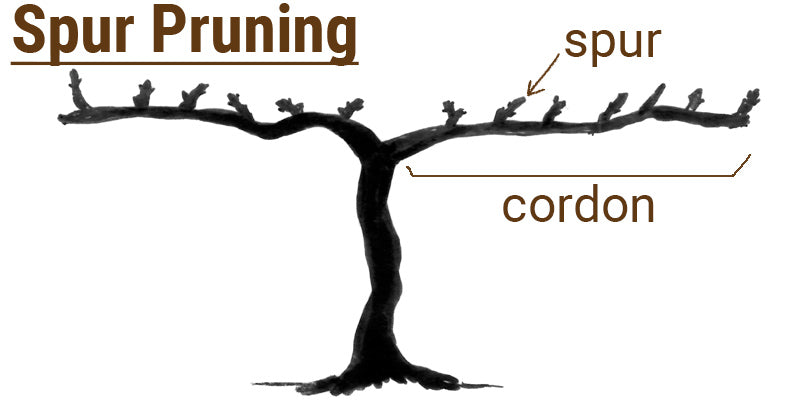
Spur Pruning Grapes
Spur pruning (also called cordon pruning) involves selecting permanent arms (cordons) that extend from the trunk and then pruning back shoots to short spurs each winter. Each spur has 1–2 buds that will produce the new canes and fruit for the season.
Spur Pruned Grape Varieties:
- Flame
- Black Monukka
- Ruby Seedless
- Muscat of Alexandria
- Chardonnay
- Merlot
- Zinfandel
- Pinot Noir
- Red Globe
- Shiraz
How to Spur Prune:
- Identify upright-growing shoots along each cordon.
- Choose 6–7 spurs per cordon spaced about 6 inches apart.
- Cut each spur down to 2 buds.
- Remove all other shoots.
Spur pruning is ideal for grape varieties that fruit close to the main cordon. Watch this step-by-step video guide for visual instruction.
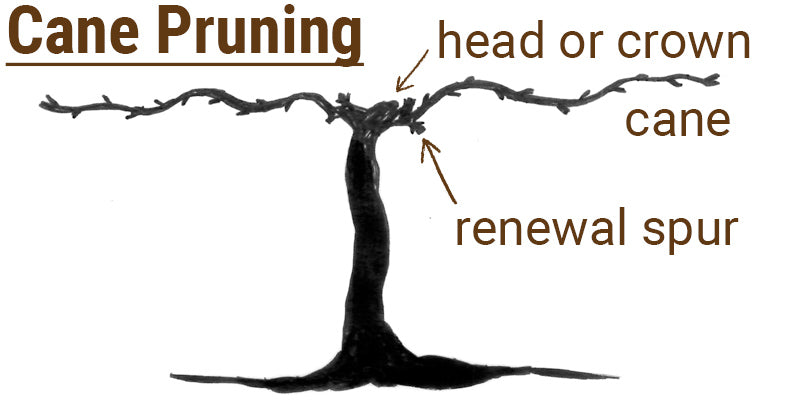
Cane Pruning Grapes
Cane pruning grape vines involves removing most of the previous year’s growth, selecting a few strong canes to retain as fruiting wood, and leaving shorter canes (called renewal spurs) to produce next year’s fruiting wood.
Cane Pruned Grape Varieties:
- Cabernet Sauvignon
- Chardonnay
- Thompson Seedless
- Flame Seedless
- Black Monukka
- Ruby Seedless
- Red Globe
- Himrod
- Sauvignon Blanc
- Shiraz
- Merlot
- Zinfandel
How to Cane Prune:
- In late winter, choose two strong, sun-exposed one-year-old canes on each side of the trunk.
- These should be ¼–½” in diameter with 3–4” internode spacing.
- Select two renewal spurs near the base of each fruiting cane (to produce canes for next year).
- Tag selected canes with ribbon or tape.
- Cut fruiting canes back to 10–15 buds.
- Trim renewal spurs to 2 buds.
Cane pruning is ideal for varieties that produce fruit along the full length of the cane, rather than near the base.
Not Sure What Variety You Have?
If you’ve inherited an old vineyard or have mystery grapes, cane prune the first winter. Observe bloom placement in the spring:
- If clusters grow near the base of the cane, consider switching to spur pruning.
- If clusters appear evenly along the cane, continue cane pruning.
You can also consult this guide on planting and pruning grapevines to further troubleshoot.
Conclusion
Properly pruning grape vines is one of the most impactful ways to ensure healthy growth, disease resistance, and abundant fruit harvests. Whether you choose spur pruning or cane pruning, the right method depends on your grape variety and how the fruit sets. Don’t forget to tailor your approach each year based on how the plant responded.
For tools, organic solutions, and expert advice, explore Grow Organic’s grape care collection and video library on grape pruning.
With a little knowledge and the right technique, you’ll enjoy years of flavorful homegrown grapes from healthy, well-managed vines.
FAQs About Pruning Grape Vines
-
What is the difference between cane and spur pruning grapes?
- Cane pruning removes most of the previous season’s growth, retaining a few long canes and renewal spurs. Spur pruning keeps permanent cordons, trimming each shoot to a two-bud spur each winter. The choice depends on your grape variety and where fruit typically sets.
-
What is cane pruning?
- Cane pruning is a method used for cane-pruned grape varieties where most of last year’s growth is removed, and two strong one-year-old canes are trained to produce fruit. Renewal spurs are kept near the base to grow next season’s canes.
-
How do you spur prune a grape vine?
- Identify upright shoots on the permanent cordon. Select 6–7 evenly spaced spurs and cut each down to two buds. Remove all other growth. Watch a video on winter grape pruning for guidance.
-
How to best prune grape vines?
- Use clean, sharp pruners. Prune in late winter while vines are dormant. Follow proper technique based on whether you are spur pruning or cane pruning. Don't over-prune young vines—allow them to establish a strong framework first.
-
Can I prune grapes in the summer?
- Yes. Summer pruning helps control growth, improve air circulation, and boost ripening. Focus on removing suckers, shading leaves, and excess growth. Watching a summer grape pruning video can provide visual tips.
-
When is the best time to prune grape vines?
- Prune in late winter to early spring, after the worst frosts but before new growth begins. Summer pruning can supplement this by managing canopy growth.
-
Can you switch from spur pruning to cane pruning?
- Yes, but it may take time to retrain the vine. It’s easiest to switch during dormancy and adjust your training system accordingly.
-
Do different grape varieties require different pruning?
- Absolutely. That’s why knowing whether your grapevine should be spur pruned or cane pruned is key. Use pruning guides or consult variety-specific information to choose the best method.

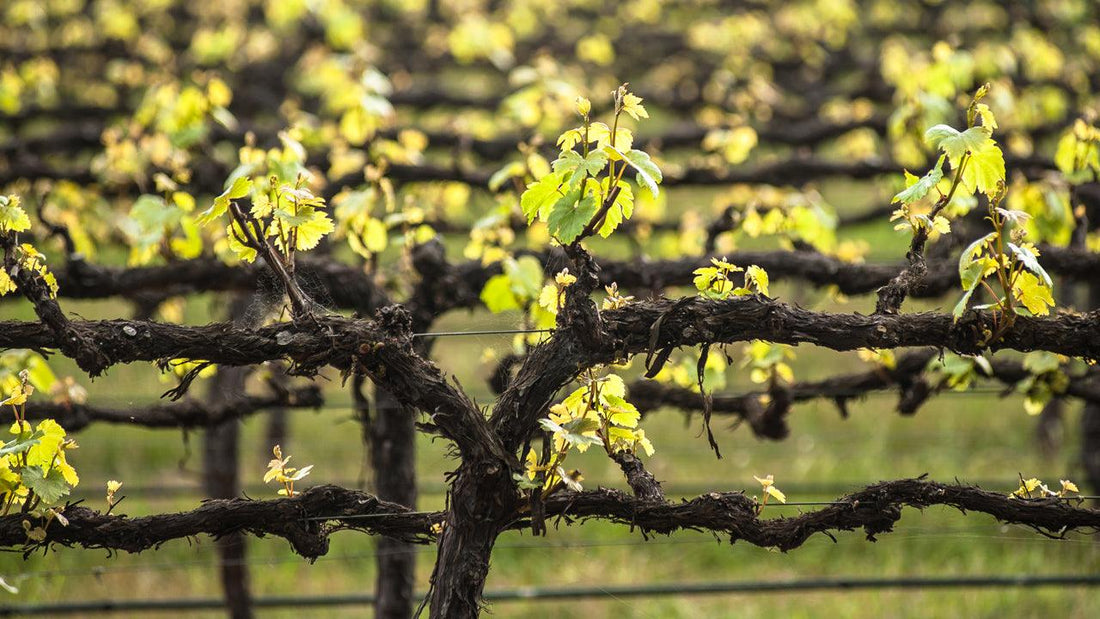
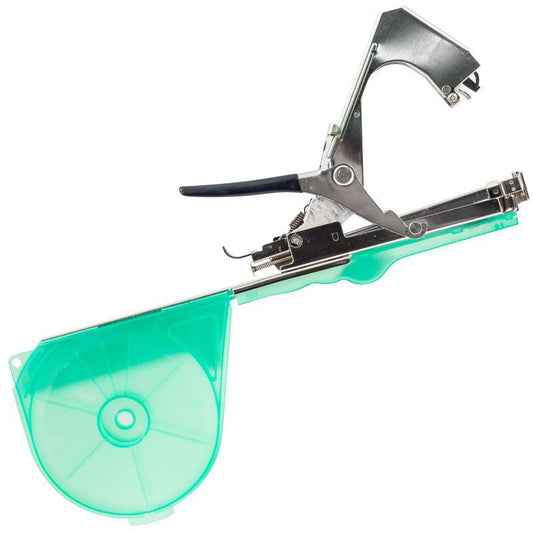
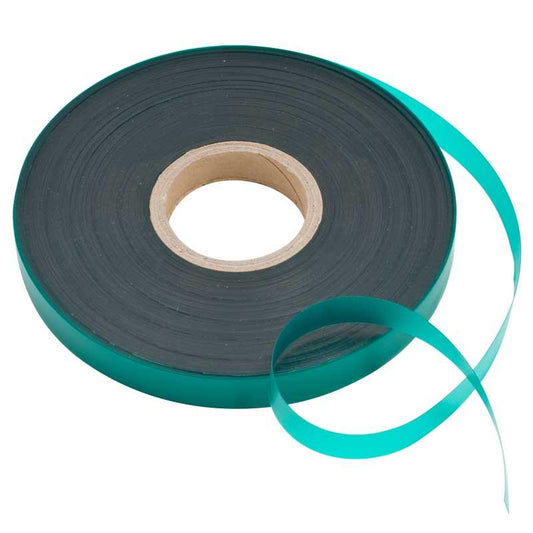
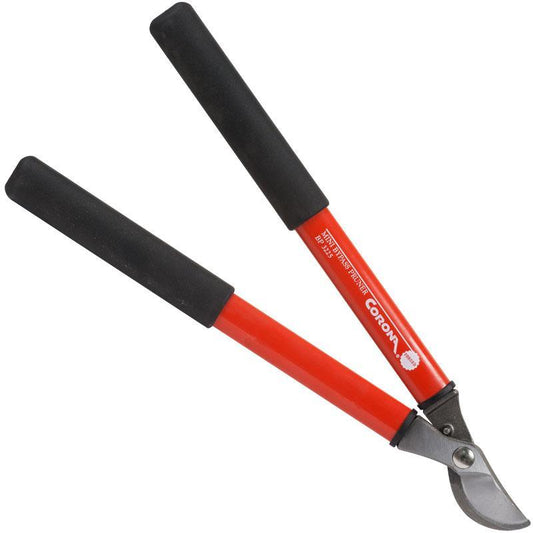
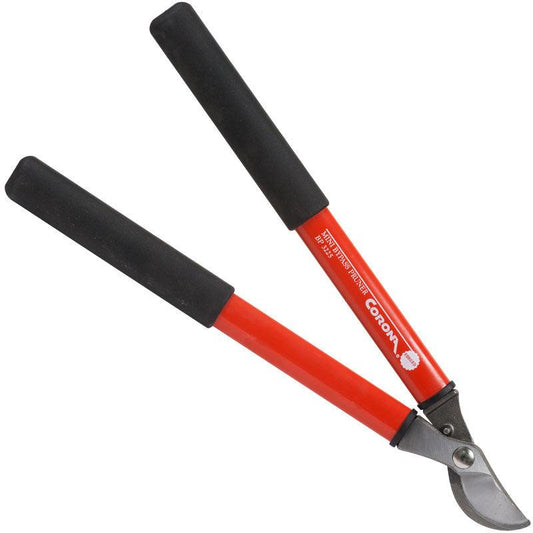
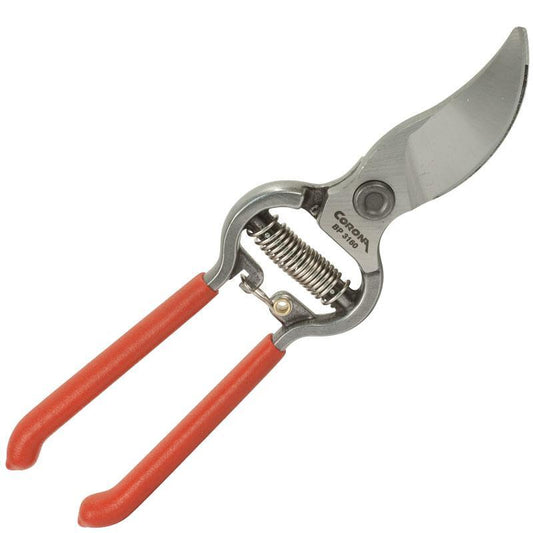
1 comment
Thanks so much for this info! Very nicely presented; and giving me some much needed confidence!